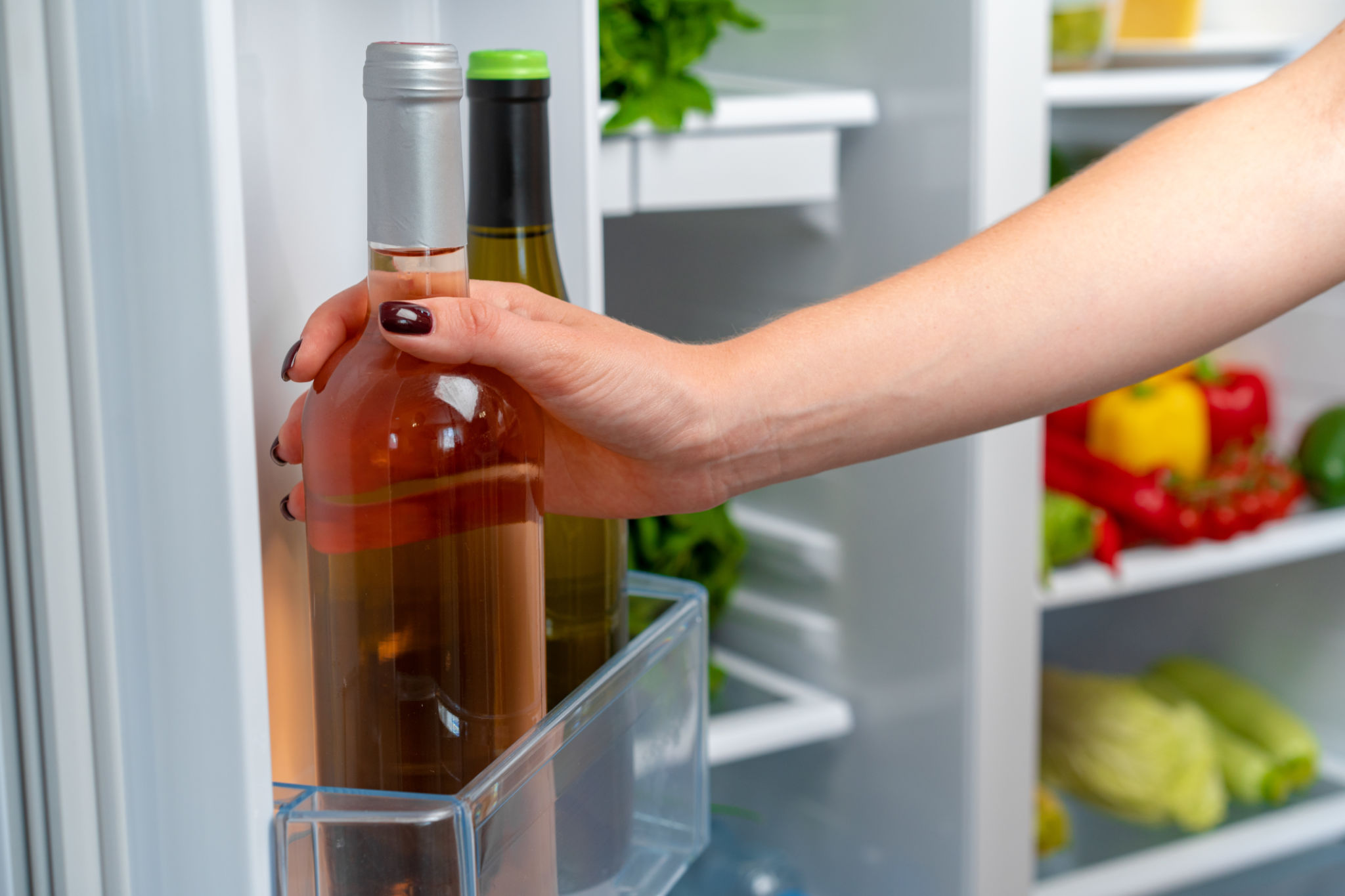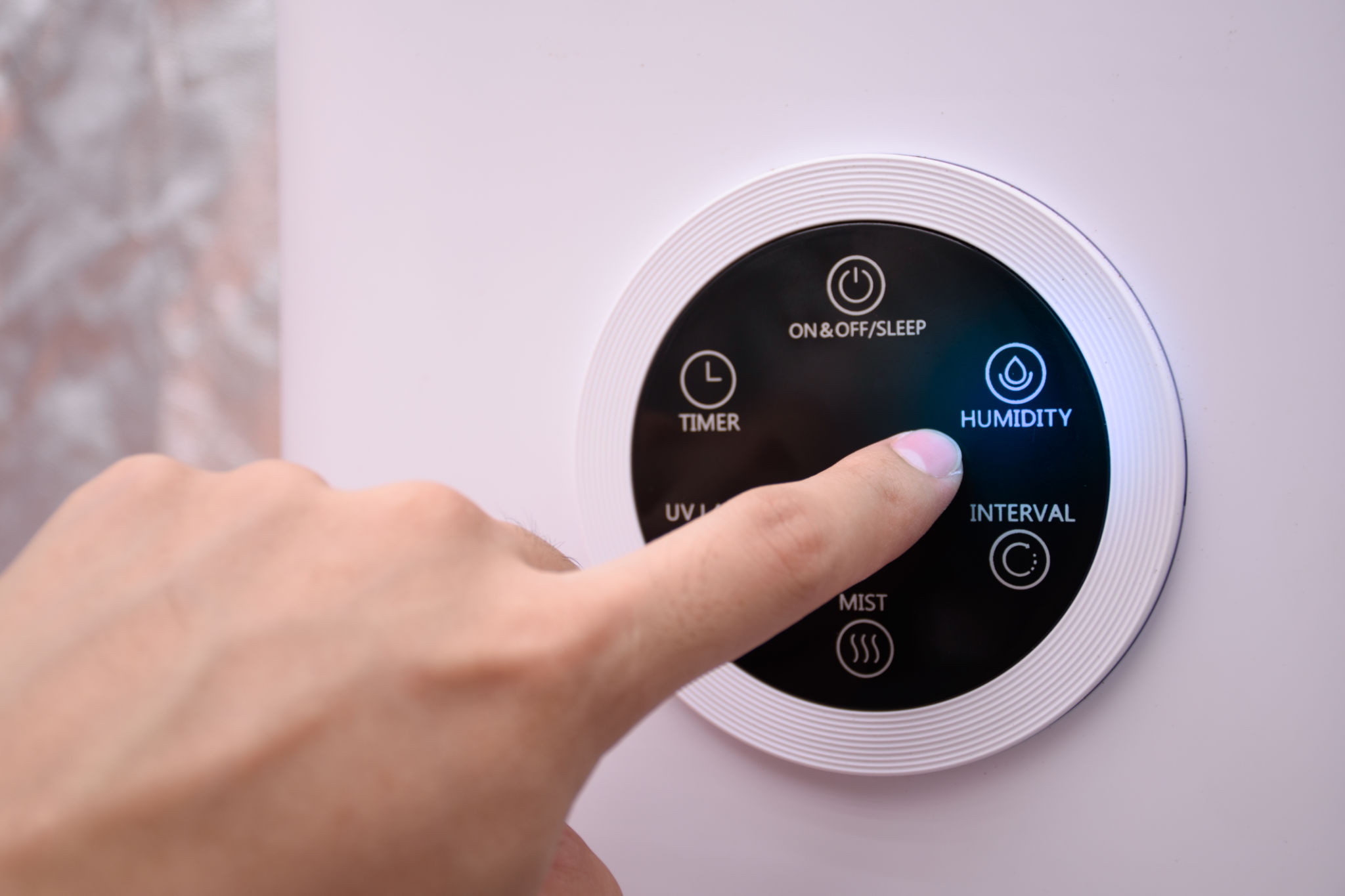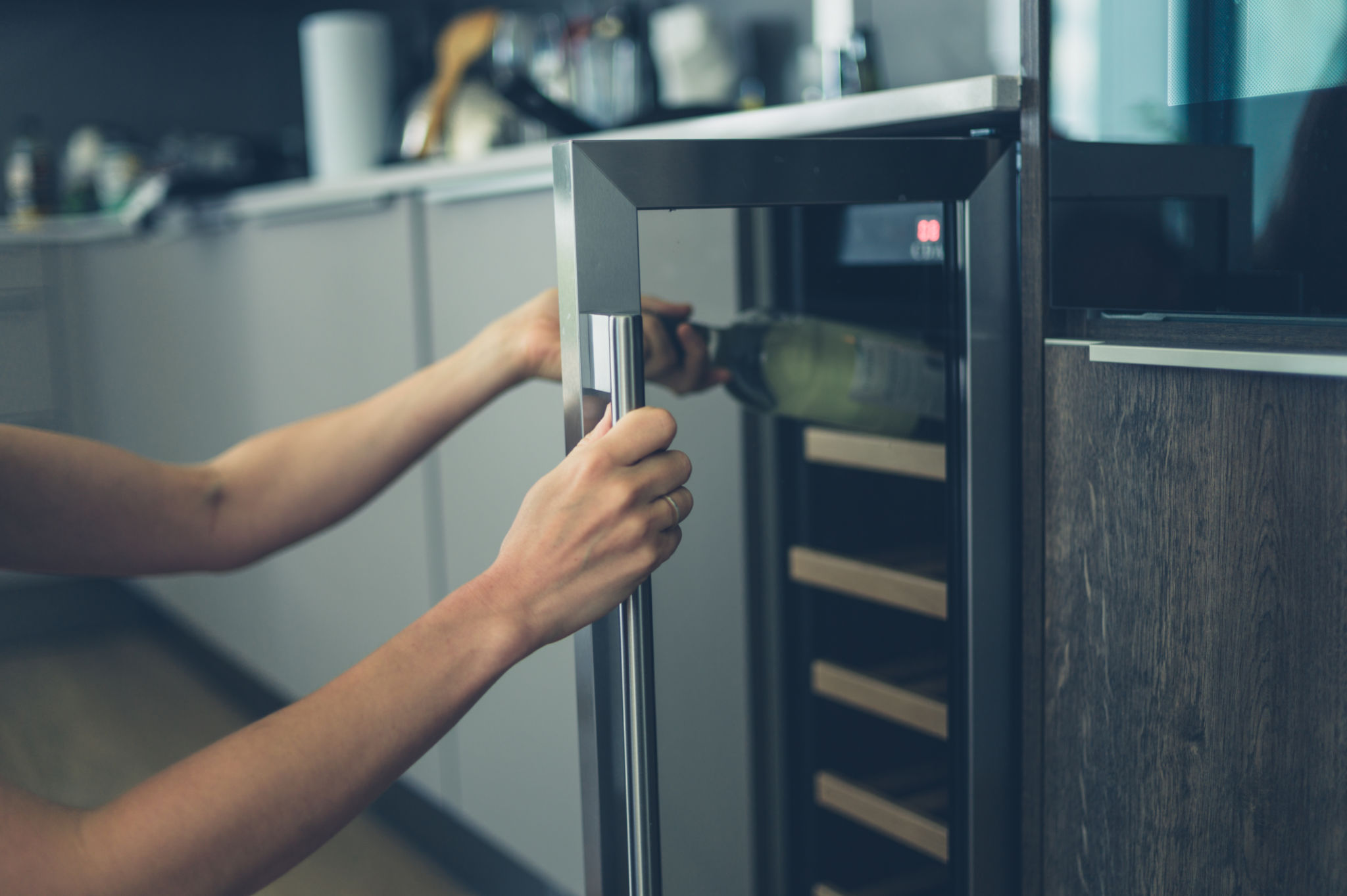Preparing Your Wine Fridge for Seasonal Changes
RW
Understanding the Impact of Seasonal Changes on Wine Storage
As the seasons change, so do the conditions that can affect the quality of your wine collection. Temperature fluctuations, varying humidity levels, and even the amount of light exposure can all have a significant impact on the preservation of your wine. Ensuring that your wine fridge is properly prepared for these changes is crucial to maintaining the integrity and taste of your wines.
Whether you're a casual wine enthusiast or a serious collector, knowing how to adapt your wine storage practices to seasonal shifts can help protect your investment. In this guide, we'll explore key strategies to prepare your wine fridge for the changing seasons.

Adjusting Temperature Settings
The ideal temperature for storing wine is typically between 45°F and 65°F, with around 55°F being optimal for most varieties. However, these settings might need slight adjustments as the weather changes. During warmer months, you may need to lower the temperature slightly to counteract external heat. Conversely, in colder months, ensuring the fridge is well-insulated will help maintain a consistent internal temperature.
Regularly check your wine fridge's thermostat and make necessary adjustments. Investing in a quality thermometer can also help you monitor the internal environment more accurately.
Managing Humidity Levels
Humidity plays a crucial role in wine storage. Ideally, the humidity level should be around 70% to prevent corks from drying out and allowing air into the bottles. Seasonal changes can affect humidity levels significantly. During dry winter months, consider using a humidifier to maintain appropriate moisture levels inside your wine fridge.

In humid summer months, ensuring proper ventilation can help prevent excess moisture from affecting your wine collection. Some wine fridges come with built-in humidity control features, which can be beneficial for maintaining optimal conditions year-round.
Protecting Against Light Exposure
Light exposure, particularly UV light, can deteriorate wine by breaking down its chemical compounds. While most wine fridges are designed to keep light out, it’s essential to ensure they are positioned away from direct sunlight or other strong light sources that change with the seasons.
If your wine fridge has a glass door, consider using UV-protective films or curtains to shield your collection from harmful rays. This simple step can preserve both red and white wines from premature aging and flavor alteration.

Organizing Your Wine Collection
Seasonal changes are an excellent opportunity to reassess and reorganize your wine collection. As temperatures fluctuate, ensure that your bottles are stored horizontally to keep the corks moist. This prevents air from seeping into the bottles and spoiling the wine.
Consider categorizing your wines by type or vintage, making it easier to rotate them based on consumption or aging needs. This organization also helps in quickly accessing the wines that are best suited for consumption in specific seasons.
Routine Maintenance and Cleaning
Regular maintenance is vital for keeping your wine fridge in top condition. Seasonal transitions are a good time to perform thorough cleaning and inspect for any potential issues such as mold or mildew. Use a mixture of water and vinegar to clean shelves and surfaces inside the fridge.

Check door seals for wear and tear, ensuring they close tightly to maintain stable internal conditions. Routine maintenance extends the lifespan of your appliance and ensures optimal performance throughout the year.
Conclusion
Preparing your wine fridge for seasonal changes involves a combination of monitoring environmental factors and performing routine maintenance. By taking proactive steps, you can safeguard your wine collection from seasonal variations that might compromise its quality. Whether it's adjusting temperature settings or managing humidity levels, these practices not only protect your wines but also enhance your overall enjoyment of them.
